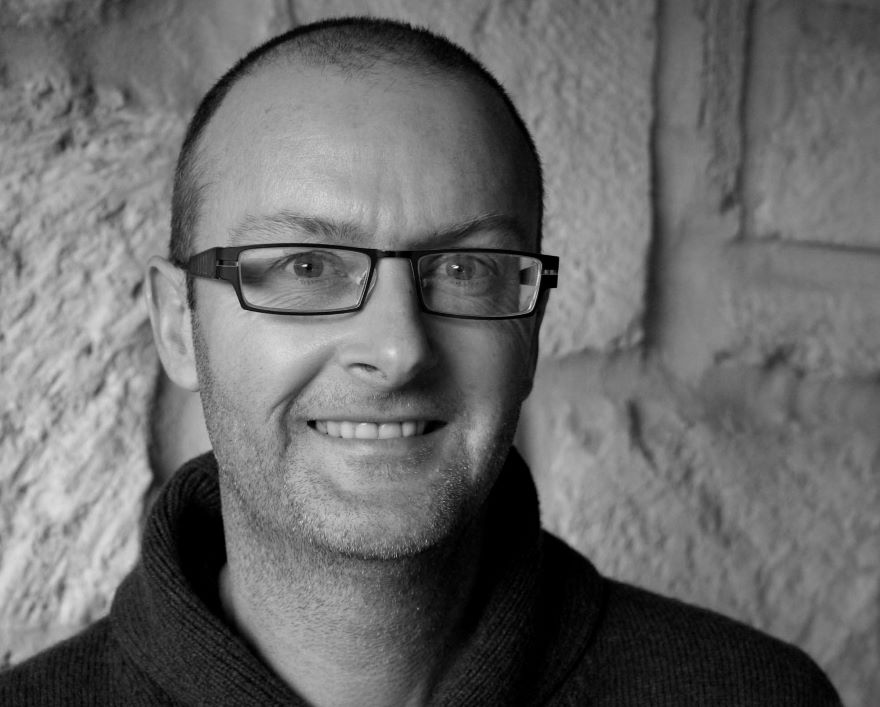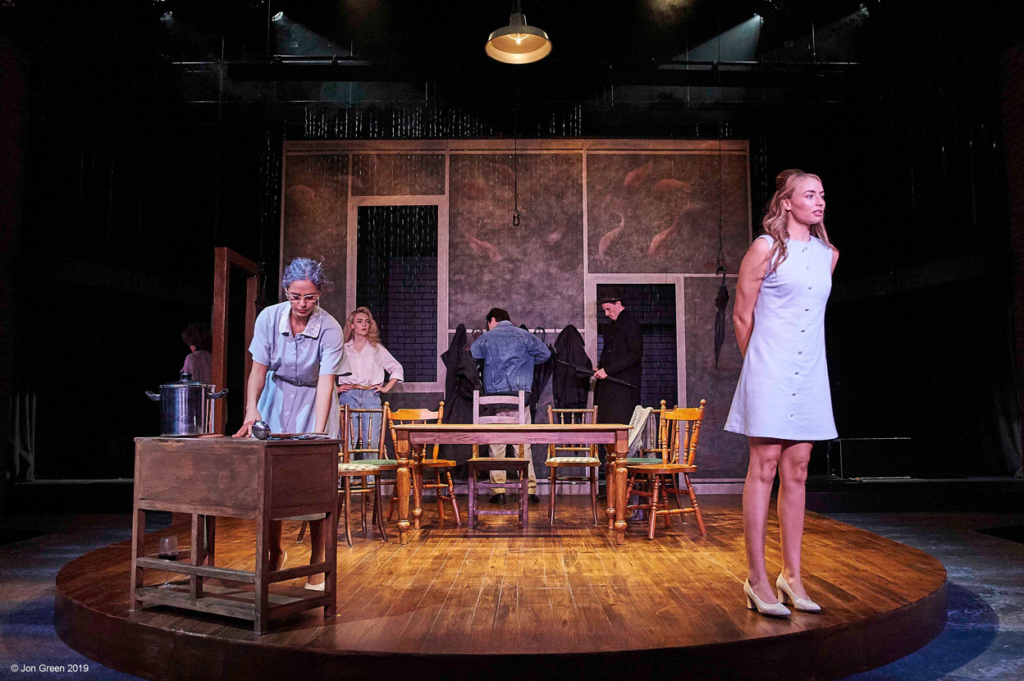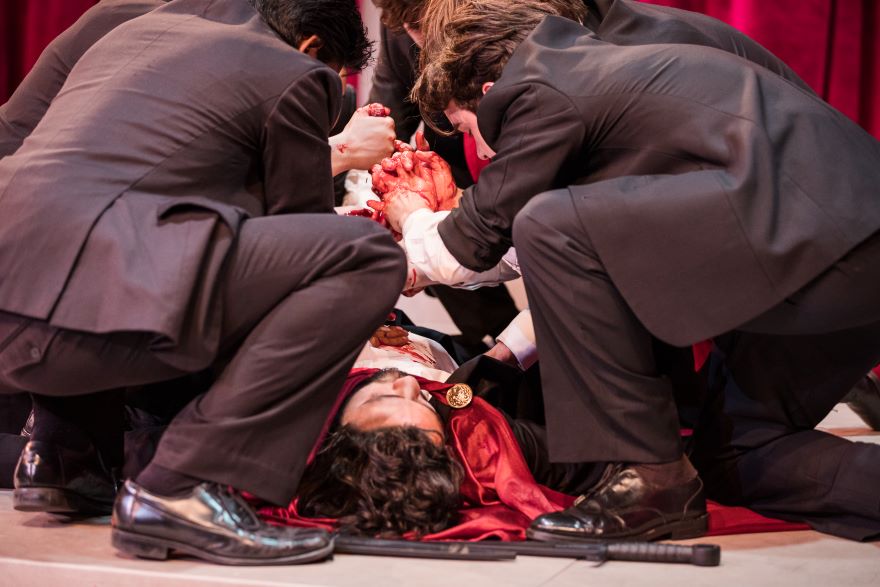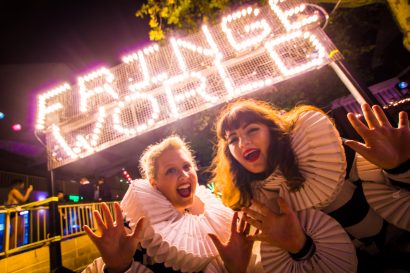Halloween is approaching and stage props artisan Andy Cross has four tips that will make your night spectacular.
Halloween: How to make blood and other stage tricks
13 October 2021
- Reading time • 7 minutesMulti-arts
More like this
- Halloween special: How to make blood and other stage tricks
- Seadragon weaves magic spell
- Spring into the school holidays
Fire, rain, smoke and blood are the most common special effect requests Andy Cross encounters as props coordinator at the WA Academy of Performing Arts (WAAPA). Here he shares his backstage secrets, including a recipe for making blood, to give your Halloween a theatrical flourish.
Here are my tips for making fire, rain, smoke and blood for Halloween:
1. Fire

Onstage flame can be as simple as a candle or lantern or as complicated as the following extract from the script for Angels in America by Tony Kushner:
“Suddenly… a great book with steel pages mounted atop a molten-red pillar pops up from the stage floor. It opens; there is a large Aleph inscribed on its pages, which bursts into flames. Immediately the book slams shut and disappears instantly under the floor… “
These few words from the playwright require a great amount of technical expertise and ingenuity to realise practically for the purposes of the stage.
The most practical way to achieve real flame onstage is by using barbeque gas bottles and piezo mechanisms similar to lighting the hob on a stove. These mechanisms, though, have to be constructed and be signed off by a licenced gas fitter and the state regulator.
There are many safety precautions and protocols surrounding an effect such as real flame onstage, and extreme caution is understandably taken. You can, however, achieve glowing flame effects with lighting. Flickering candles and light globes are readily available and these can be inserted into a prop campfire or lantern.
2. Rain
This effect is readily achieved by mounting reticulation parts in the stage grid and tweaking the spray patterns on the sprinkler heads to achieve a realistic rain effect. It is generally powered by a pool or pond pump that is powerful enough to pump the water up to whatever heights the sprinkler heads are in the stage roof. Think of it as similar to a fire sprinkler system in public buildings.

There is a fair bit of trial and error in sprinkler spacing, type of sprinkler head used and pump pressure to achieve the correct spray pattern and droplet size. The hardest part of this effect is waterproofing the stage and working out where the water ends up. No matter how thorough you believe you have been there is often a leak at some point during the run of the production.
3. Smoke
One of the simplest ways to achieve fog or smoke is with dry ice. This is where the dry ice is added to water resulting in a smoky effect. Caution is needed with this as the ice is cold and gloves need to be worn. Dry ice can be purchased from ice suppliers and smoke machines or hazers of various sizes can be rented from staging/lighting hire companies.
For the more adventurous, a handheld device can be constructed with a vape pen, small fan, tubing and smoke machine fluid. Smoke machine fluid is a chemical so correct safety precautions must be observed. You must read the instructions and wear the correct protective clothing.
4. Blood
One of the first classes the WAAPA Stage management and props students attend is how to make fake blood. In 2021 we made over 30 litres of blood, with 20 alone used in our production of Julius Caesar. Arterial blood is much brighter and redder than vein blood. However, on stage or film the bright red blood can look fake, so we tend to make it a little darker as it reads more “real”.

Store bought versions are easy and reliable options but often beyond many budgets especially if large quantities are needed. The recipe below uses materials bought from the supermarket and is cheaper than buying pre-made stage blood. It was created by American make-up guru Dick Smith (The Godfather, The Exorcist) in the 1970’s and is used by many technicians tasked with creating bloody effects.
Syrup Blood Recipe
450g corn, Karo or glucose syrup
1 cap liquid or a quarter teaspoon of red food colour (gel works best)
Blue food colour – not much, a couple of drops maximum
1 Tbsp chocolate sauce, cocoa powder, coffee or date syrup
(The quantities will need to be adjusted depending on the brand or quality of the products you buy.)
Add the red colour first and mix thoroughly, then add the blue one drop at a time.
If still too bright then add chocolate sauce, cocoa powder, coffee or date syrup to darken more. This mix will be quite thick so add a little boiled warm water to achieve the consistency required.
If the blood is going to get on clothing then you can add some detergent, however, this cannot be consumed or go in a performers mouth or near eyes.
Happy Halloween from the stage department at WAAPA!
Pictured top: Andy Cross blooding up a character in WAAPA’s production of ‘Carrie’. Photo supplied
Like what you're reading? Support Seesaw.






